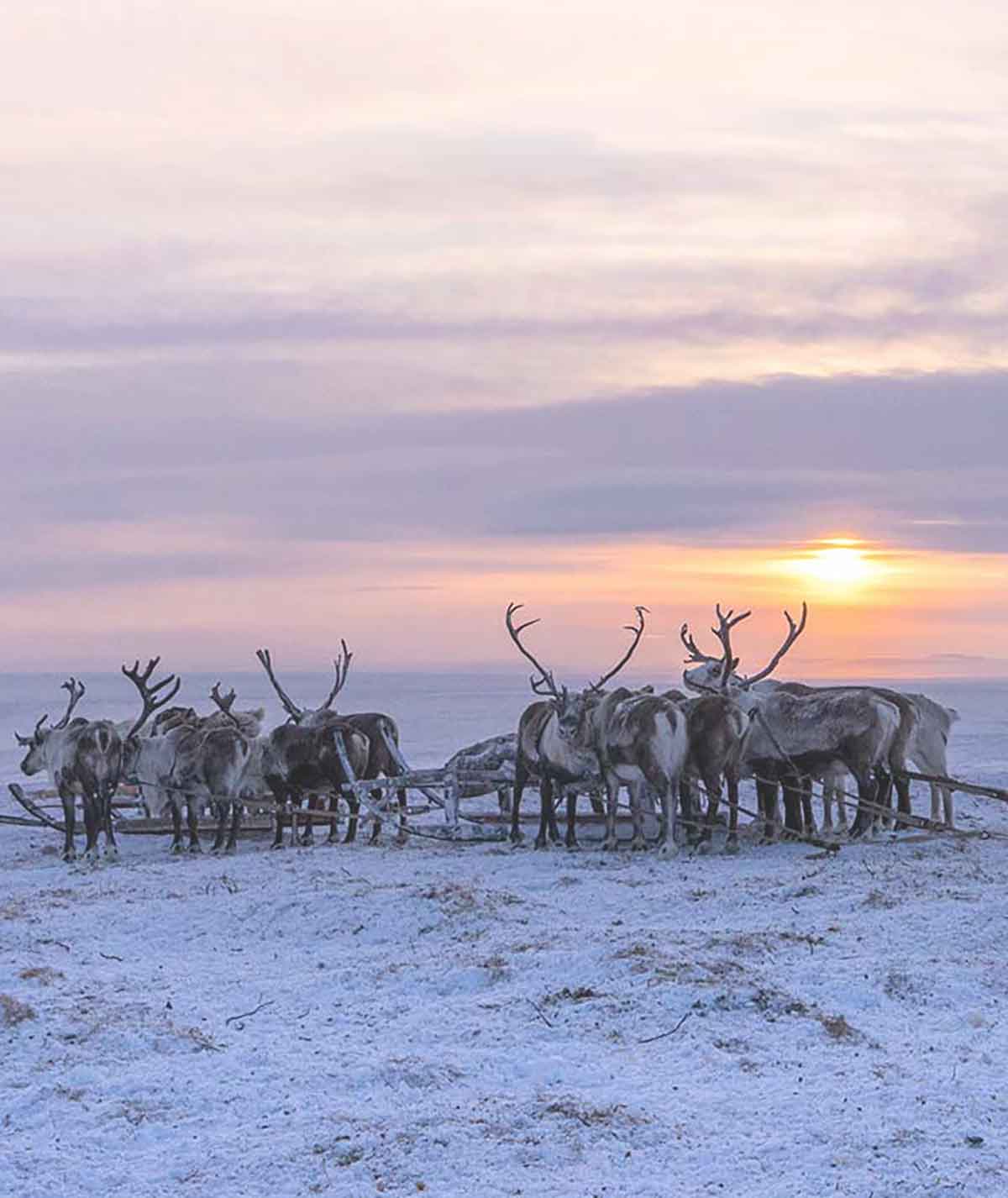Pigeon
Faithfulness and success
On a peaceful, warm afternoon I sat for moment’s rest beside the Cornish coast path. To my left steep cliffs led down to the Atlantic Ocean. On that day the sea was a bright turquoise; the calm waves shone with a thousand sparks, reflecting the sunlight.
I heard a sudden loud, piercing whistle. As I looked up, a flock of pigeons flew low overhead at high speed. They all turned simultaneously in mid-flight and changed their course a couple of times, each time making that sharp, whistling sound. Their speed and the noise of their wings made me stop and watch them until they disappeared behind a hill that was covered in blooming purple heather.
Flying rats
The pigeon is a common bird in most parts of the world, and so numerous in towns and cities that many people see it as a nuisance, and some even call the birds ‘flying rats.’ However, if you look deeper, pigeons can teach you some profound lessons, and maybe even change your life for the better. There is a big difference between looking and ‘seeing’. Most people in towns and cities may briefly look at the pigeons, but miss the message these birds bring them.
Men, women and children walk up and down the busy city streets absorbed in their own thoughts, usually avoiding contact with others, somewhat guarded. Behind this behaviour is some degree of fear. In many cities there can even be a feeling of aggression and hostility, which ripples out and becomes part of the atmosphere of the city. Separation, caution and mistrust are common qualities in these places. There is not much heart, openness, joy and sharing.
Trust and tribe
But the pigeons are also there, feeding on the ground or sitting on the rooftops, and if you pay attention, you will see that they are a real community. They are connected, they communicate, they belong to the tribe. Often, they will turn their head and look at you as if they’re greeting you. They bring a message: open up, be real, and don’t fear your fellow human beings. Pigeons bring the message that you don’t need to be isolated and guarded. This is what we call the medicine of the pigeon. Day after day in towns and cities all over the world, pigeons show humans a remedy we desperately need: trust. Where most other birds keep a safe distance away from humans, the pigeons fly, walk and live right amongst us.
Awe and wonder heal the spirit
The mind sees pigeons as common birds and maybe even a nuisance, but the heart understands them on a deep level. If you watch a pigeon leap off a building and take flight, it can teach you to feel awe and wonder. Being filled with awe and wonder is healing: it makes your spirit soar, joining the pigeons as they fly above the city, showing you to lift your thought above the concerns of the worried mind. Awe and wonder take you back home to your true self, living with an open heart.
Likewise, if you look closely at pigeons, you will see their plumage is a variety of colours: grey, brown, black, white, red, green, blue, violet, purple. In the sunshine, you will see the iridescent neck. Learning about them and appreciating their beauty can help to open your heart.
Faithfulness and prosperity – with awareness
No wonder that the pigeon, along with the dove, was the totem bird of the Chinese goddess of compassion Kwan Yin; in Mesopotamia the goddess Inanna Ishtar; in ancient Greece Aphrodite; and in the Christian tradition Jesus and Mary Magdalene.
Pigeon medicine is that of faithfulness: they mate for life. They represent fertility as they can breed up to eight times a year. They symbolise prosperity and success because they can adapt and survive where others don’t. They are messengers, and to this day still carry letters from one location to another. Then they return home, which on a spiritual level means to fulfil one quest in life. Pigeons are seen to be messengers of the divine, and they represent peace, hope and love.
But don’t get fooled by these qualities, and think that you can deceive pigeons. They are very aware, and they always know what is going on in their surroundings. If there is a danger, they will know: they can read your intention, and if you mean to harm them they can make a quick decision in order to survive.
As for pigeons causing damage to buildings and fouling the sidewalks and streets with their droppings, we need to look at ourselves, and see how we have contributed to that. Humans have got rid of most of the pigeon’s predators such as the big falcons, hawks, eagles and owls. When we interfere with nature to such a degree, the harmony of the natural world is lost, and in this case, the pigeon population increases because there are very few natural predators.
Humans have used poison and other means to reduce pigeons in urban contexts, and it didn’t work. The pigeons endured, which is another of their qualities. The shamanic answer is to appreciate the pigeons as the teachers and messengers that they are, and to be willing to make space for them even if it is not always convenient, even if there is a price. When we do that, we open up to a new way of being, a new way of seeing. This is the old shamanic way of respecting all of life, and it means to look beyond the surface and to ‘see’. This in turn opens up the heart, which greatly benefits us as human beings, individually and collectively. Again, the pigeons have been our teachers.

Join the Circle
Subscribe to our newsletter to hear the latest news about our workshops, training courses and trips.